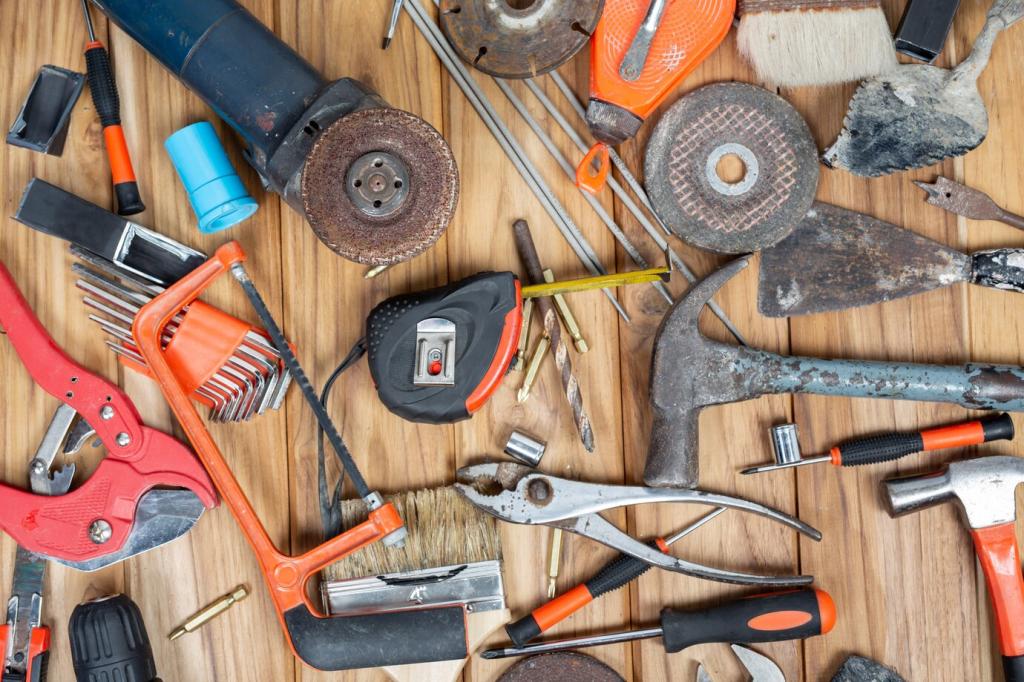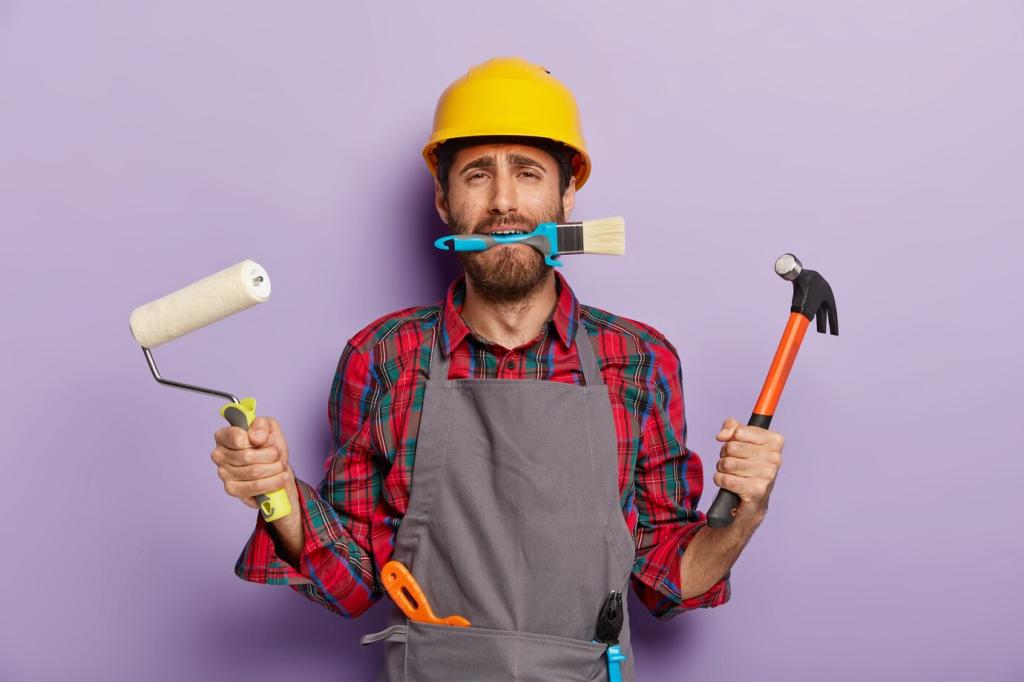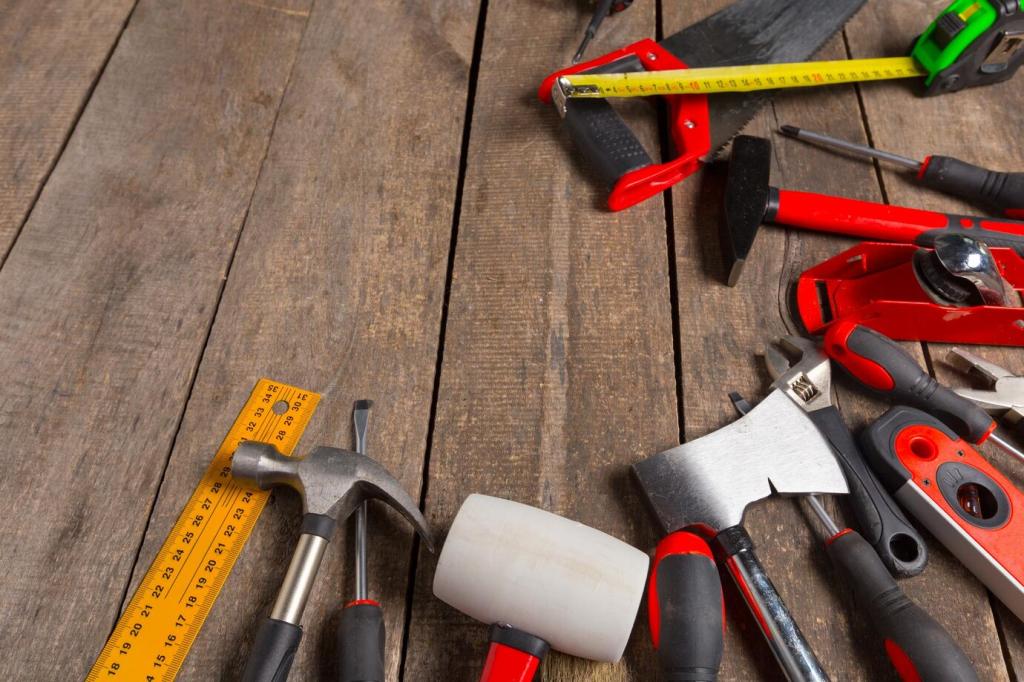
Leather Furniture Repair and Maintenance Tools: Build Your Confident Home Workshop
Chosen theme: Leather Furniture Repair and Maintenance Tools. Explore the essential gear, smart techniques, and friendly know-how you need to clean, mend, recolor, and protect your leather furniture. Subscribe, ask questions, and share your toolkit victories with us.
Your Essential Leather Care Toolkit
Choose a pH-balanced leather cleaner and a non-greasy conditioner designed for aniline, semi-aniline, or pigmented finishes. Avoid household detergents or vinegar; they can strip finishes and dry fibers, causing premature wear.

Repair Tools for Common Leather Furniture Damage
Scuffs and Surface Scratches
Use a gentle cleaner, then a leather balm or wax stick for light scuffs. For deeper marks, apply matching touch-up dye with a dauber, buff, and seal to blend edges smoothly and invisibly.
Cracks, Peeling, and Worn Panels
A flexible leather filler, palette knife, and fine-grit sanding pads rebuild worn areas. Layer thinly, dry thoroughly, then color and topcoat. A low-heat hair dryer speeds curing without risking finish damage.
Loose Seams and Buttons
A curved needle, awl, and waxed thread can rescue loose seams. Use a thimble for control, and tiny binder clips as temporary clamps. Knot firmly, then dab sealer to protect the stitch channel.


Color Matching and Finishing Tools
Keep a color wheel and sample swatches, plus a white mixing palette. Start lighter than the target shade, build gradually, and note ratios. Good records mean future touch-ups match perfectly.
Color Matching and Finishing Tools
Sponges blend broad areas softly, daubers handle edges and seams, and an airbrush offers the most even coverage. Practice on scrap to learn distance, pass speed, and layering for consistent results.
Safety and Setup: Prepare Your Workspace
Open windows, add a fan, and wear nitrile gloves. If spraying, use a proper mask rated for particulates. Keep dyes, solvents, and conditioners away from children and pets, clearly labeled and capped.

Maintenance Rhythm and Seasonal Tools
Set a recurring reminder. Dust with a horsehair brush, clean with pH-balanced solution, and condition lightly. Over-conditioning attracts soil; the right amount preserves flexibility without a sticky residue.
Maintenance Rhythm and Seasonal Tools
A small hygrometer helps you keep indoor humidity around 40–55%. Too dry promotes cracking; too humid invites mildew. A room humidifier or dehumidifier protects leather and wood frames simultaneously.
Maintenance Rhythm and Seasonal Tools
Use UV-filtering window film, adjustable curtains, and furniture sliders to rotate pieces seasonally. A handheld lux meter or phone app helps you verify hotspots before fading becomes a costly surprise.

This is the heading
Lorem ipsum dolor sit amet, consectetur adipiscing elit. Ut elit tellus, luctus nec ullamcorper mattis, pulvinar dapibus leo.

This is the heading
Lorem ipsum dolor sit amet, consectetur adipiscing elit. Ut elit tellus, luctus nec ullamcorper mattis, pulvinar dapibus leo.
A Portable Caddy With Zones
Divide your caddy into cleaning, repair, and finishing sections. Keep swabs, tape, and a flashlight in the front pocket. When projects start fast, organization keeps you calm and your leather safe.
Labels, Logs, and Test Cards
Label bottles with dates and dilution ratios. Tape small test cards beside your notes after each project. Next time, you’ll repeat success instantly instead of guessing under pressure or forgetting steps.
